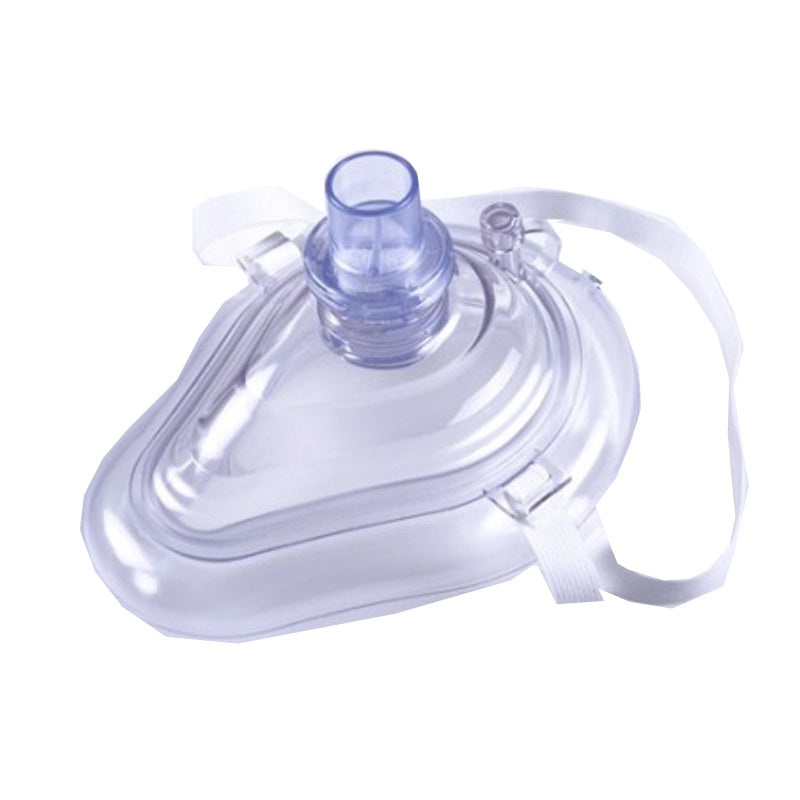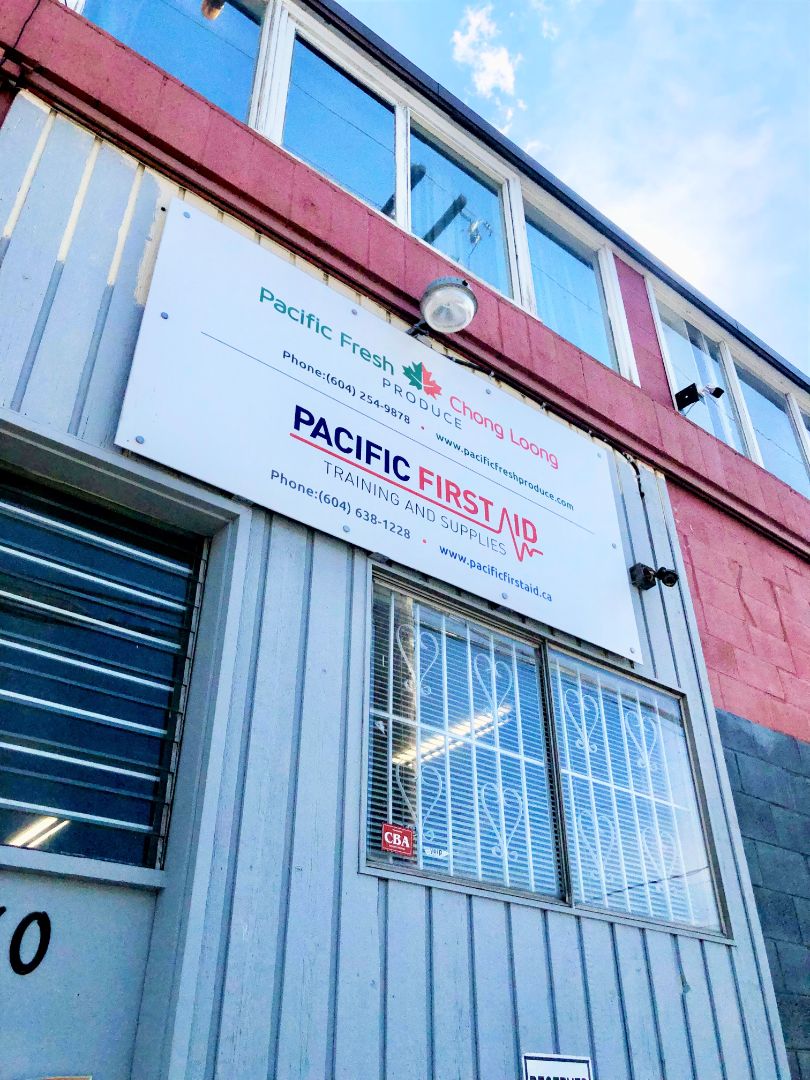
Food safety starts with biosecurity
Photo Credit: Amber Kipp
Those who manage biosecure livestock barns are careful to have visitors suit up properly, but statistics show employees might not be as careful when entering and leaving barns.
A University of Montreal study of poultry farms showed biosecurity mistakes can lead to contamination throughout a barn
TORONTO — Many food safety issues could be resolved at the farm if people changed their behaviour, a veterinarian told those attending a recent meat conference in Toronto.
“Some food safety risks could be better controlled early in the food production chain,” said Manon Racicot.
The spread of campylobacter, for example, could be curbed at the farm with more attentive biosecurity, she said during a Canadian Meat Council conference on food safety risks.
“We have been doing a lot of strategies at the processing and retail level. We have not seen a significant reduction in campylobacter cases,” she said.
The best place to reduce the risk of harmful bacteria is on the farm with strict biosecurity rules.
Racicot led research at the University of Montreal on poultry farms that showed biosecurity mistakes can lead to contamination throughout a barn. She suspects those mistakes are common on many operations.
The barn is a major site of contamination. If workers remembered to wash their hands or change boots and coveralls the incidence of spreading disease could be sharply reduced.
Most poultry and swine farms have a barn entrance with a designated dirty area where boots are changed before entering the main barn. Some may have lines drawn on the floor while others have a bench blocking the entry between dirty and clean areas.
“If you do have that hygiene barrier at your barn entrance, you are much less likely to introduce disease to your farm,” she said.
Her research team used hidden cameras on eight poultry farms to monitor how people were behaving when they were getting in and out of the barn.
Observations showed about half of employees weren’t changing their boots, even after avian influenza scares made farmers think more about biosecurity changes.
About 70 percent remembered to change coveralls but only a third washed their hands.
Further research on 24 different types of poultry farms using hidden cameras showed people were five times more likely to respect clean areas if there was a physical barrier like a bench between the dirty and clean areas.
They also saw people donning boots in the wrong areas or not complying at all.
“When boots are not changed properly, there is a significant increase in the contamination,” she said.
Farm workers are not the only ones to ignore safety rules.
“We are seeing the same results in other contexts,” she said.
Studies of physicians showed only half wash their hands while 63 percent of dentists changed gloves between patients.
To make biosecurity work, the first component is making it easier to comply.
Education and communication are the most important factors to create a biosecurity culture on the farm, Racicot said.
A leader on the farm can show workers how to behave but it is often hard to keep those people.
Education and training are misunderstood.
Education is explaining what needs to be done and why.
“Training is about how to do it and I don’t think we are doing that on farms. Hands-on training and explaining how to behave is quite important,” Racicot said.
People who receive error-based training often do better next time. If they see biosecurity mistakes they better understand the problem.
Questionnaires asking farm workers if they comply show a large number say they follow the rules but that response should be cut by half, said Racicot.
Farm audits are good and people will behave properly while the auditor is there but behaviour cannot be continuously monitored.
Another experiment on two poultry farms used a technique that is employed to remind health-care professionals to wash their hands between patients.
Radio frequency chips are embedded in workers’ personal shoes and farm boots. An antenna is placed in a strategic place to see if people complied with hand sanitizing and boot changes. The system provided real-time feedback and issued an alarm if a mistake was made.
Preliminary results of the experiment showed people changed their boots 93 percent of time. Hand sanitizing was at 68 percent, an improvement over a previous study where hand washing was about 35 percent. The study also checked to see if people went back and washed hands after hearing the alarm.
Farm personnel were asked about the system and many thought it helped remind them and they did not find it intrusive.
Work is underway with a Quebec company to see if it can be designed for Canadian farms.
Sourced from: Barbara Duckworth - The Western Producer
For more food safety news, food safety training, food safety courses, first aid training and first aid supplies visit us at: Pacificfirstaid.ca






